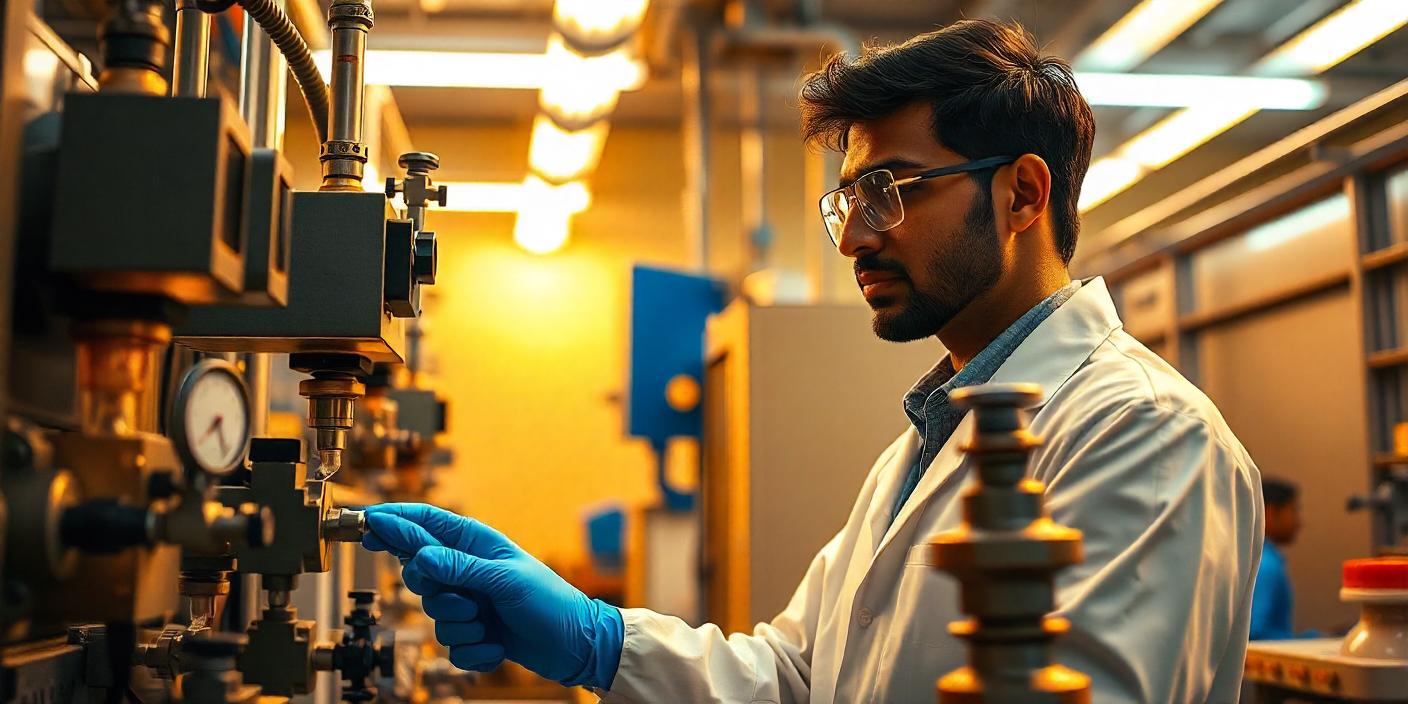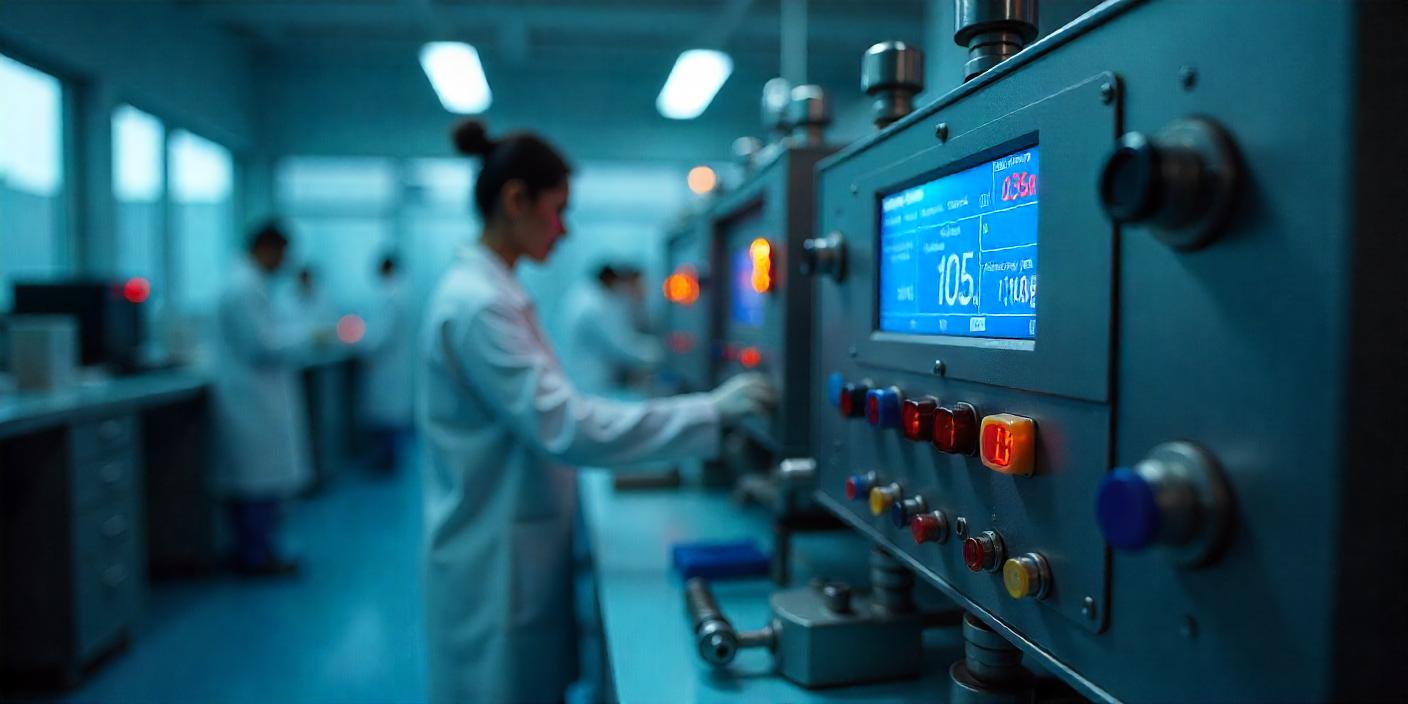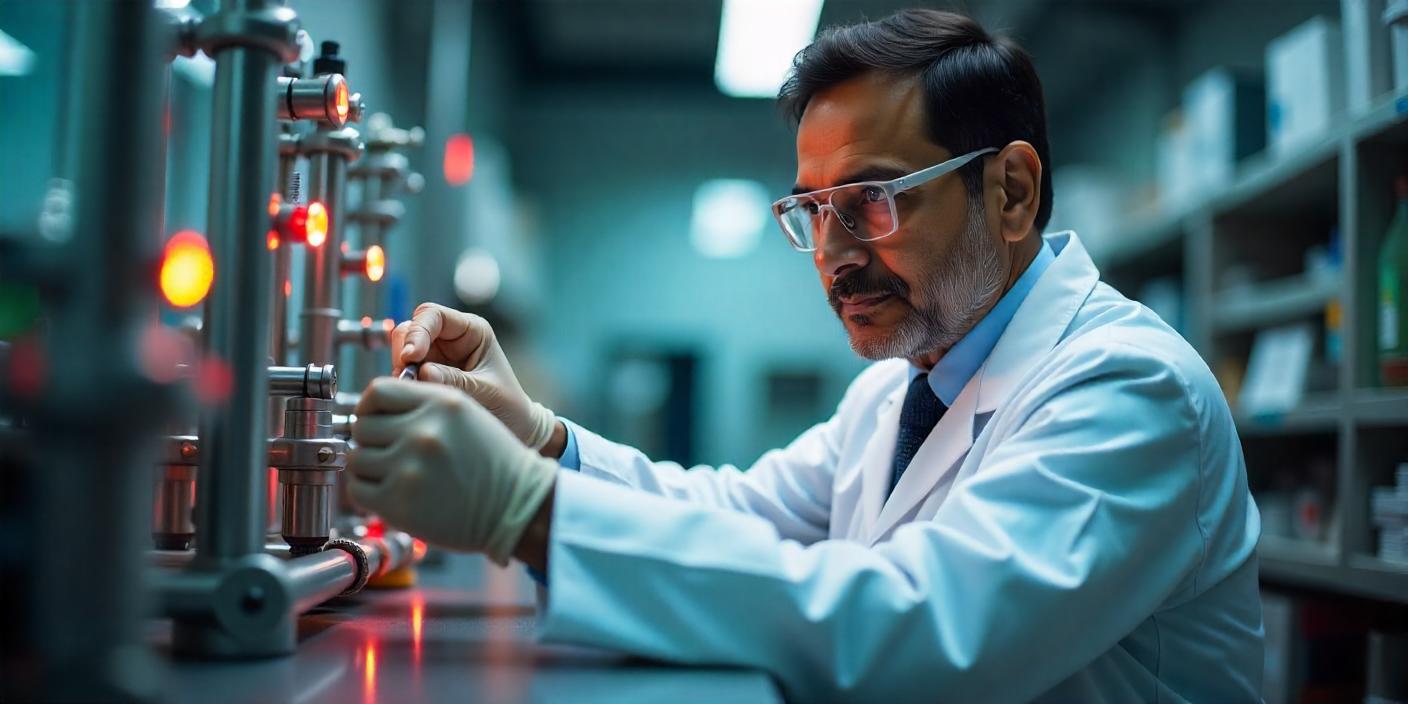
Debunking the Top 7 Myths About Industrial Gas Purity Testing
Industrial gas purity testing is a critical part of maintaining product quality, ensuring safety, and complying with industry regulations across sectors like pharmaceuticals, food production, and manufacturing. However, there are several misconceptions about industrial gas purity testing that can mislead companies and result in errors, regulatory violations, or compromised product quality. In this blog, we’re going to debunk seven of the most common myths about industrial gas purity testing, helping you make informed decisions for your operations.
Myth 1: Gas Purity Testing is Only Necessary for Pharmaceutical Industries
One of the most widespread myths about gas purity testing is that it’s only relevant for industries like pharmaceuticals, where gas purity directly impacts product quality and patient safety. However, industrial gases play a crucial role in a variety of sectors, including food production, aerospace, electronics, and manufacturing, where the purity of gases used is just as important.
Debunked: While pharmaceutical industries have strict purity standards, other industries are also heavily reliant on gas purity. For instance, in food packaging, industrial gases are used for modified atmosphere packaging (MAP), and any impurity could impact the shelf life or safety of the products. Similarly, in aerospace, the quality of gases such as nitrogen and oxygen affects critical systems. Thus, gas purity testing is vital across various sectors to prevent contamination and ensure operational safety.
Read More:10 Key Challenges in Industrial Gas Purity Testing and How to Overcome Them
Myth 2: All Gases Can Be Tested Using the Same Method
Some companies believe that they can use the same method for testing the purity of all gases. In reality, different gases have distinct characteristics and require different testing techniques to accurately assess their purity levels.

Debunked: Each gas has its own properties that determine the appropriate testing methods. For example, gases like oxygen and nitrogen may be tested using gas chromatography, while other gases, like carbon dioxide or hydrogen, may require methods such as infrared spectroscopy or mass spectrometry. Using a one-size-fits-all testing method can result in inaccurate readings and fail to detect trace impurities that could compromise your product or process.
Myth 3: Purity Testing Can Be Done Once and Forgot About
Another common misconception is that industrial gas purity testing is a one-time process. Once the gas is certified as pure, some believe it remains pure indefinitely. However, gases can degrade or become contaminated over time due to environmental factors, equipment wear, or improper storage.
Debunked: Gas purity should be tested regularly to ensure consistency and compliance. Environmental factors like humidity, temperature fluctuations, and contamination during transportation or storage can affect the purity of gases. Regular testing helps identify any deviations before they cause problems, ensuring consistent quality across your operations.
Read More: What You Need to Know About Industrial Gas Purity Testing: A Comprehensive Guide
Myth 4: Only the Gas Itself Needs to Be Tested—Not the Equipment
Some believe that gas purity testing is only about checking the gas itself and that testing the purity of the equipment used, such as cylinders, pipelines, or storage systems, isn’t necessary. In reality, contamination in the equipment can introduce impurities into the gas and affect purity levels.
Debunked: The entire system, including gas cylinders, distribution pipelines, and valves, needs to be regularly inspected and tested for contaminants. For example, moisture buildup, corrosion, or residue left in storage containers can compromise gas purity. Proper equipment maintenance and testing are essential to ensuring that the gas delivered remains of high quality.
Myth 5: Purity Testing Only Measures Major Contaminants
Many people mistakenly assume that gas purity testing only needs to detect large, easily identifiable impurities such as dust, moisture, or particulate matter. However, gas purity testing often needs to detect much smaller concentrations of contaminants—down to parts per million (ppm) or even parts per billion (ppb).
Debunked: Trace contaminants, such as hydrocarbons, heavy metals, or volatile organic compounds (VOCs), can have significant impacts on industrial processes. In industries like pharmaceuticals, even tiny amounts of impurities can affect the integrity of the product or sterilization process. Advanced techniques like mass spectrometry, gas chromatography, or FTIR spectroscopy are required to detect these trace contaminants accurately.
Myth 6: One Test Is Enough to Ensure Compliance
Some companies assume that passing a single purity test is sufficient to ensure ongoing compliance with industry standards. However, the testing process is not a one-time event—it should be part of a continuous monitoring system to ensure that gas purity remains within the required parameters.
Debunked: Compliance with regulations and maintaining consistent gas purity requires ongoing monitoring and testing. Continuous or periodic testing should be integrated into a comprehensive quality control system. This way, you can identify any deviations or potential issues as they arise, ensuring that your operation remains in compliance and operates safely.
Read More: 6 Critical Truths You Need to Know About Industrial Gas Purity Testing
Myth 7: Gas Purity Testing Doesn’t Affect the Bottom Line
Some businesses mistakenly believe that industrial gas purity testing is an unnecessary expense that doesn’t directly impact their profitability. However, failing to invest in proper testing can result in costly mistakes, such as product recalls, regulatory fines, and operational disruptions that can far exceed the cost of regular purity testing.

Debunked: Gas purity testing is an investment in your product quality, safety, and regulatory compliance. Poor gas purity can lead to operational inefficiencies, contamination, and costly errors. By ensuring that your gases meet the required purity standards, you’re preventing issues before they become significant problems, thus saving money in the long run and maintaining customer satisfaction.
Conclusion
Industrial gas purity testing is more complex than it may first appear, and these common myths can hinder businesses from implementing the best practices and processes. By understanding the realities of gas purity testing and debunking these myths, you can ensure that your operations run smoothly, your products remain safe and high-quality, and you stay compliant with industry regulations.
How Prewel Labs Can Help
At Prewel Labs, we specialize in comprehensive industrial gas purity testing services, tailored to meet the specific needs of your industry. Here’s how we can assist you in debunking these myths:
- Customized Testing for Different Gases: We use the appropriate methods for each gas to provide accurate purity results, from gas chromatography to mass spectrometry.
- Ongoing Monitoring Solutions: We offer real-time monitoring systems and periodic testing to ensure gas purity is maintained consistently.
- Regulatory Compliance Expertise: Our team stays up-to-date with industry regulations, helping you meet compliance standards and avoid penalties.
- Advanced Analytical Tools: With state-of-the-art testing equipment, we detect even trace-level impurities, ensuring that your gases meet the highest purity standards.
Contact Prewel Labs today to learn more about how we can help you ensure the purity and safety of your industrial gases.



